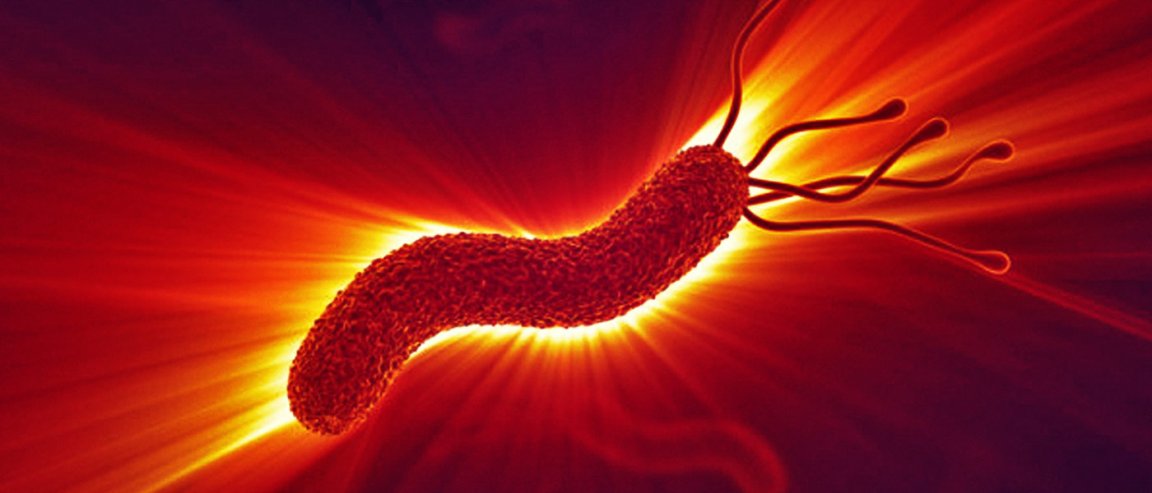
Surprisingly crowded
Cataloging and analyzing available data on currently known species is a particularly daunting task. Even just tracing shared ancestry between two species proves to be quite a challenge, more so the relationship between millions of species. This task gets even more complex as more species are added to the pool every single day.
That task is about to get a whole lot harder.
An analysis that looks at the intersection of large data sets of cataloged species and universal scaling laws has concluded that Earth may be home to nearly 1 trillion species, with only one-thousandth of 1 percent now identified. Yes, that’s one-thousandth of a single percent. This assertion comes thanks to a study from biologists at Indiana University (IU).
If it stands against scrutiny, it would mean that there are far more species on Earth than stars in our galaxy (scientists estimate that there are some 400 billion stars in the Milky Way).
The IU scientists collated datasets on the microbial, plant, and animal communities, which were sourced from the government, academia, and citizen science sources. Altogether, this data, which appears on May 2 in the Proceedings of the National Academy of Sciences, represent over 5.6 million microscopic and nonmicroscopic species from 35,000 locations across all the world’s oceans and continents, except Antarctica.
Managing Microbes
Of particular interest now is how the work highlights microbe diversity. “This research offers a view of the extensive diversity of microbes on Earth,” said Simon Malcomber, director of the National Science Foundation’s Dimensions of Biodiversity program. “It also highlights how much of that diversity still remains to be discovered and described.”
Most of earlier studies that tried to estimate the number of species on Earth ignored the number of microbe species, or used old datasets that were either biased or had questionable extrapolations, said Jay T. Lennon, one of the study’s authors.
But there has been an explosion of projects that attempt to catalog different kinds of microorganisms. These include human-related microorganisms by the National Institutes of Health’s Human Microbiome Project; marine microorganisms by the Tara Oceans Expedition; and aquatic, terrestrial, and host-related microorganisms by the Earth Microbiome Project.
The results of the study show the immense task of actually identifying all microbial species on Earth. To put the work in perspective, the Earth Microbiome Project—a global multidisciplinary project to identify microscopic organisms—has so far cataloged less than 10 million species.